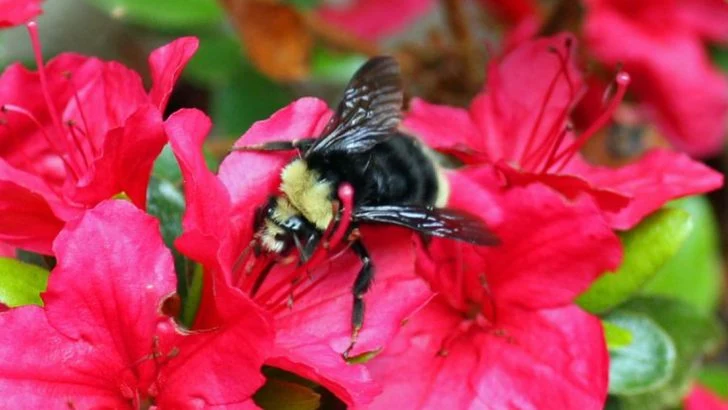Your favorite flowers might be hurting the very pollinators you’re trying to attract. It sounds like a bad garden joke—plant a gorgeous, nectar-rich bloomer, only to discover it’s a silent menace to bees. The petals? Perfect. The scent? Heavenly. The impact on pollinators? Sometimes deadly. While many popular plants are marketed as “pollinator-friendly,” a surprising number are anything but. Some mess with bee nervous systems. Others coat them in toxic pollen. And a few lure them in, only to offer nothing nourishing at all. The good news? You don’t have to give up color, fragrance, or curb appeal to plant responsibly. You just need to know which blooms play nice with bees—and which ones don’t. These 14 garden favorites may look innocent, but for pollinators, they can spell disaster. Let’s pull back the petals and see what’s really going on.
Azaleas
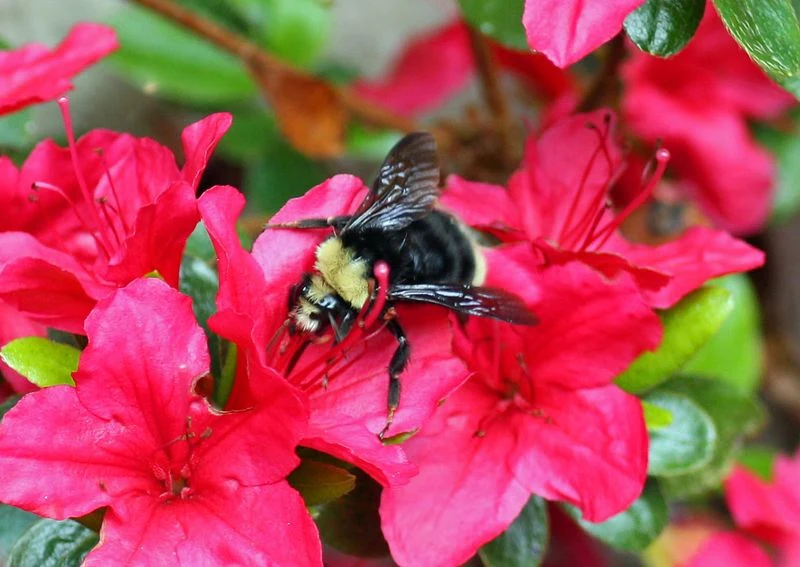
Azaleas, with their flamboyant blooms, are a gardener’s delight. Their vibrant pinks and reds can brighten up any space. However, these beauties harbor a secret. Azaleas contain grayanotoxins, which are harmless to humans but can be lethal to bees.
As bees forage on these flowers, they risk ingesting the toxins. This can disrupt their nervous systems, leading to paralysis or death. Despite their appeal, azaleas are best planted away from bee-friendly zones.
Did you know? Azaleas are part of the Rhododendron family and have been cultivated for centuries in Asia.
Rhododendrons
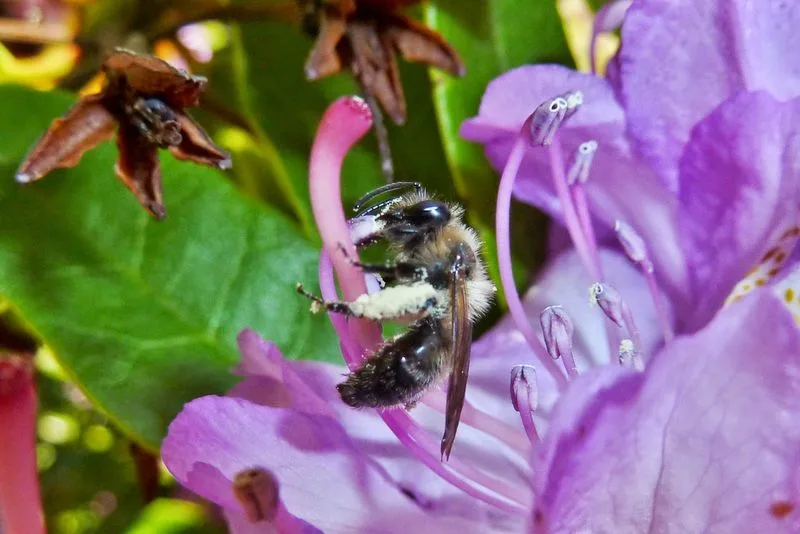
Rhododendrons are admired for their stunning clusters of flowers. These hardy shrubs are often found in mountainous areas, providing a splash of color in the wild. Yet, these plants are not as harmless as they seem.
The nectar and pollen of rhododendrons contain grayanotoxins, posing a threat to bees. These toxins can interfere with a bee’s ability to fly, eventually leading to their demise. Gardeners should consider their impact on local bee populations.
A fun fact: The word ‘rhododendron’ comes from the Greek words ‘rhodo’ meaning rose and ‘dendron’ meaning tree.
Mountain Laurel
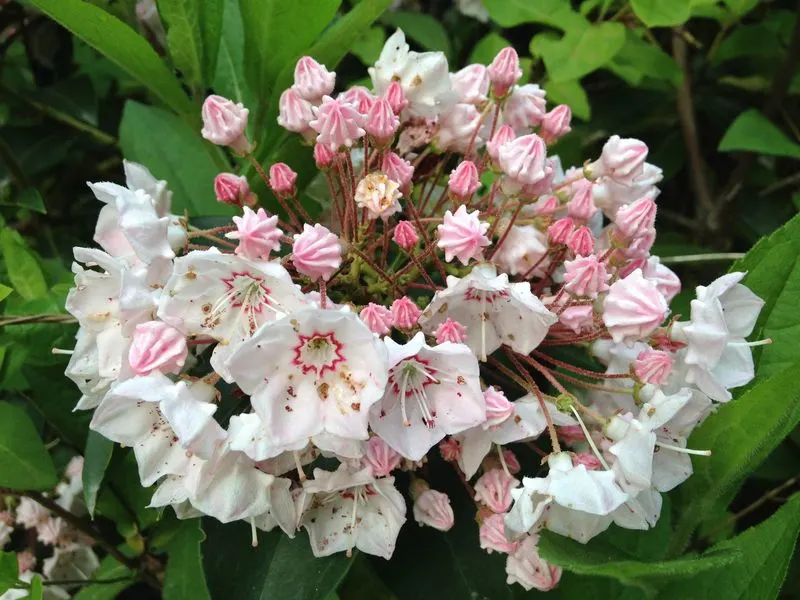
Mountain Laurel, with its delicate pink and white blossoms, is a sight to behold in woodland settings. Known for its striking appearance, it is a favorite among hikers and nature lovers.
However, its beauty masks a hidden danger for bees. The plant’s nectar is toxic to them, leading to disorientation and eventual death. While humans enjoy the charm of mountain laurels, bees face a perilous attraction.
Interestingly, mountain laurel is the state flower of Connecticut and Pennsylvania, celebrated for its resilience and beauty.
Oleander
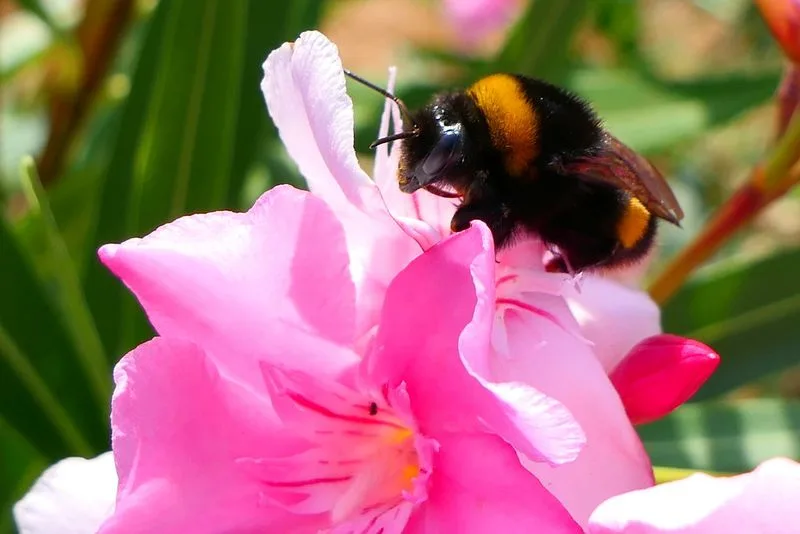
Oleander is a beloved ornamental plant, known for its lush foliage and fragrant flowers. Often found in Mediterranean gardens, it adds elegance to landscapes. Yet, its allure belies a danger to bees.
The plant contains cardenolides, compounds that are toxic to bees. These can impair a bee’s ability to gather food, putting entire hives at risk. While oleander poses no threat to humans when grown outdoors, it remains a silent peril to our pollinators.
Did you know? Despite its toxicity, oleander is used in traditional medicine for its heart-stimulating properties.
Foxglove
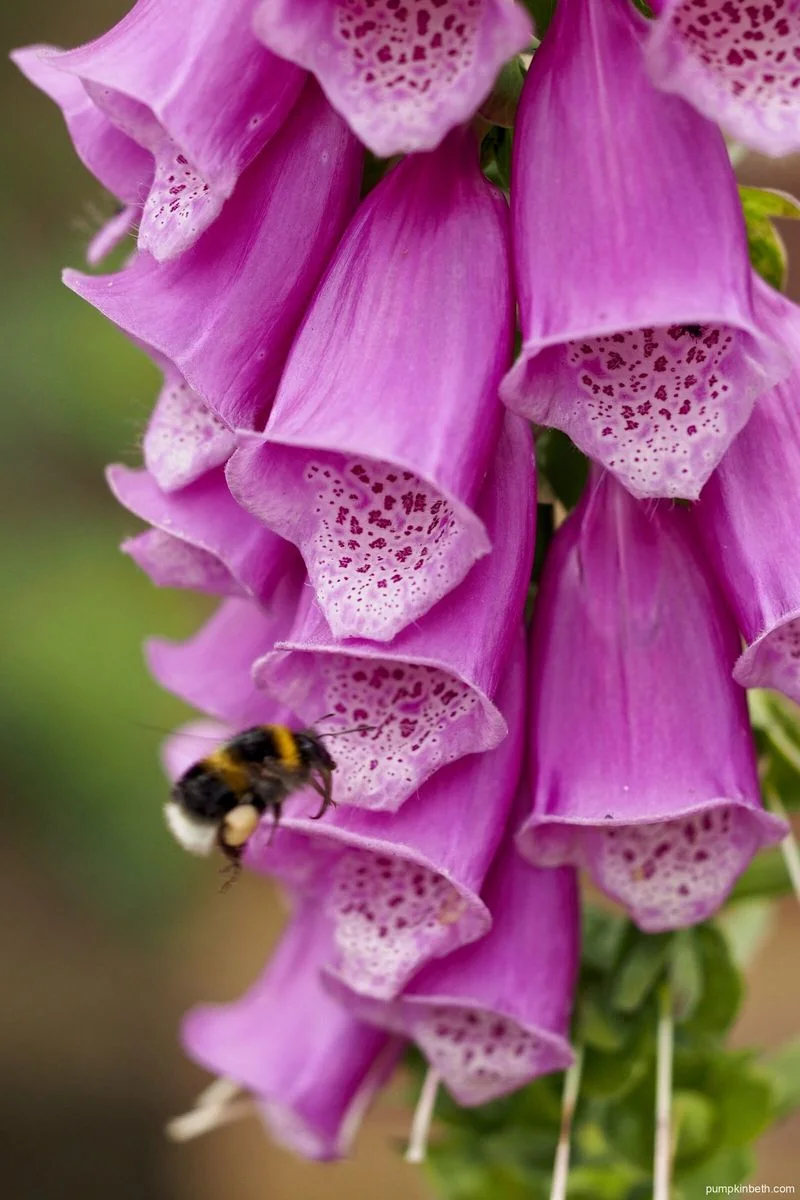
Foxglove, with its iconic tall spires, is a staple in cottage gardens. Its tubular flowers are attractive and serve as an inspiration in art and literature. However, foxglove harbors a dark side for bees.
The plant produces digitalis, a toxin that can be fatal to bees. As they sip the nectar, the poison affects their cardiovascular functions. While humans admire its beauty, bees face a silent adversary in the garden.
A quirky fact: The name ‘foxglove’ is derived from the Old English term ‘foxes glofa’, meaning ‘gloves of the fox’.
Lily of the Valley
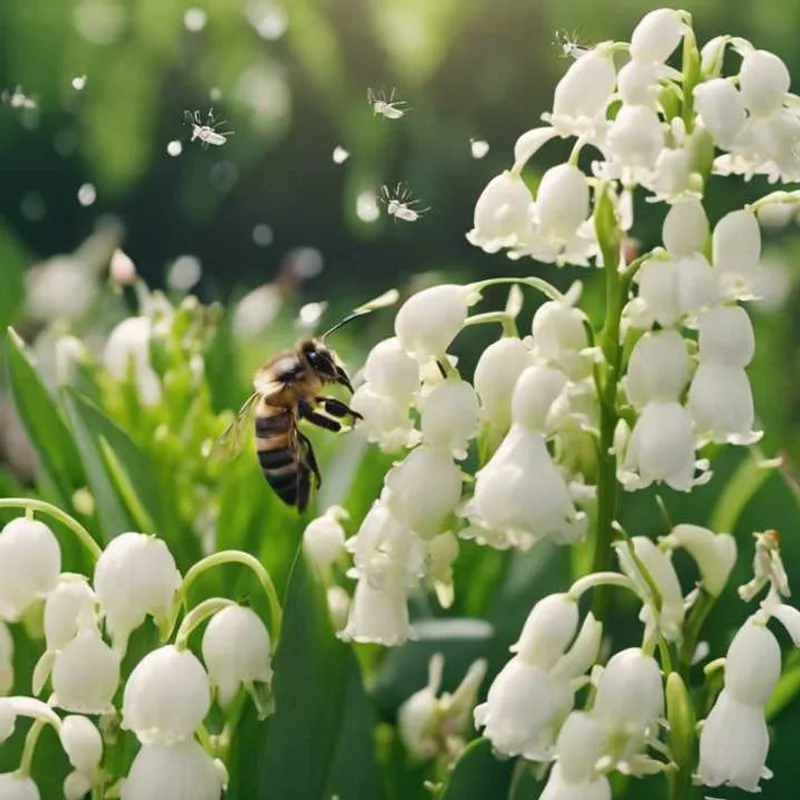
Lily of the Valley is renowned for its delicate, nodding white flowers and sweet fragrance. Widely used in perfumery and bridal bouquets, it is cherished by many.
Despite its innocent appearance, the plant is toxic to bees. The cardiac glycosides present in the nectar can disrupt a bee’s heart rhythm, leading to fatality. For gardeners keen on protecting bee populations, alternatives should be considered.
Did you know? In France, Lily of the Valley is a symbol of spring and is given as a token of good luck on May Day.
Buttercup
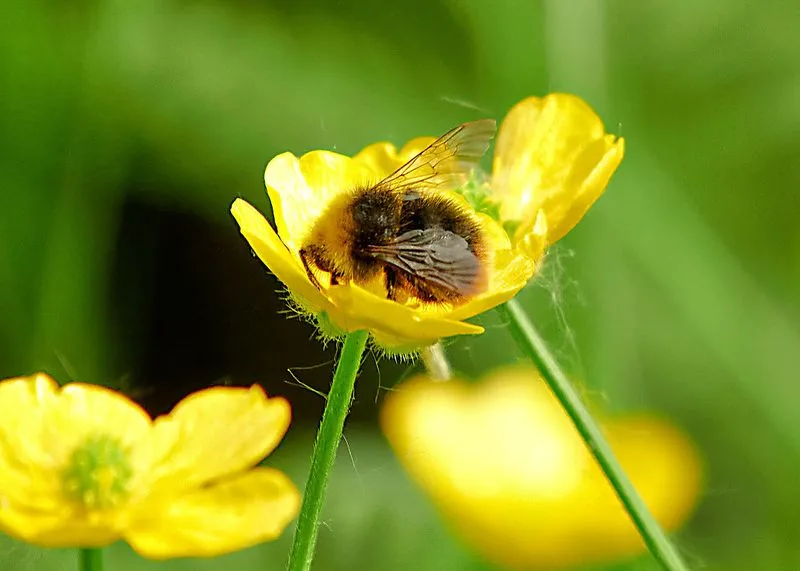
Buttercups, with their cheerful yellow blooms, are synonymous with sunny days. Often seen in meadows and fields, they brighten up the landscape. Yet, these flowers have a hidden side.
The pollen and nectar of buttercups contain protoanemonin, which is harmful to bees. This compound can cause digestive disturbances, affecting their ability to forage. While harmless to humans, buttercups pose a covert threat to bees.
Fun tidbit: The shiny petals of buttercups are due to a special layer of reflective cells, which attract pollinators like bees.
Wisteria
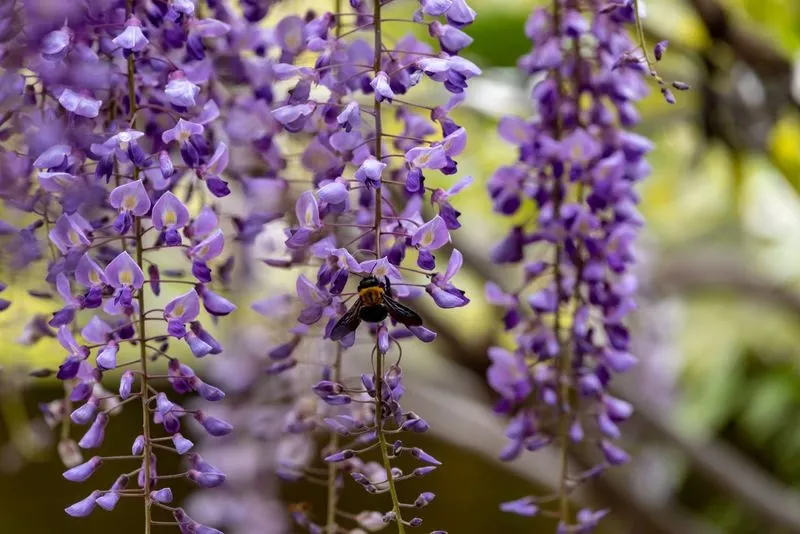
Wisteria, with its cascading blooms, is the epitome of elegance. Draping over pergolas and walls, it is a popular choice for ornamental gardens.
However, the plant’s nectar can be toxic to bees. The alkaloids present can interfere with their nervous system, leading to disorientation. While wisteria charms human admirers, it poses a risk to bees.
Did you know? Wisteria can live for over 50 years, becoming more beautiful with age, making it a timeless choice for gardeners.
Larkspur
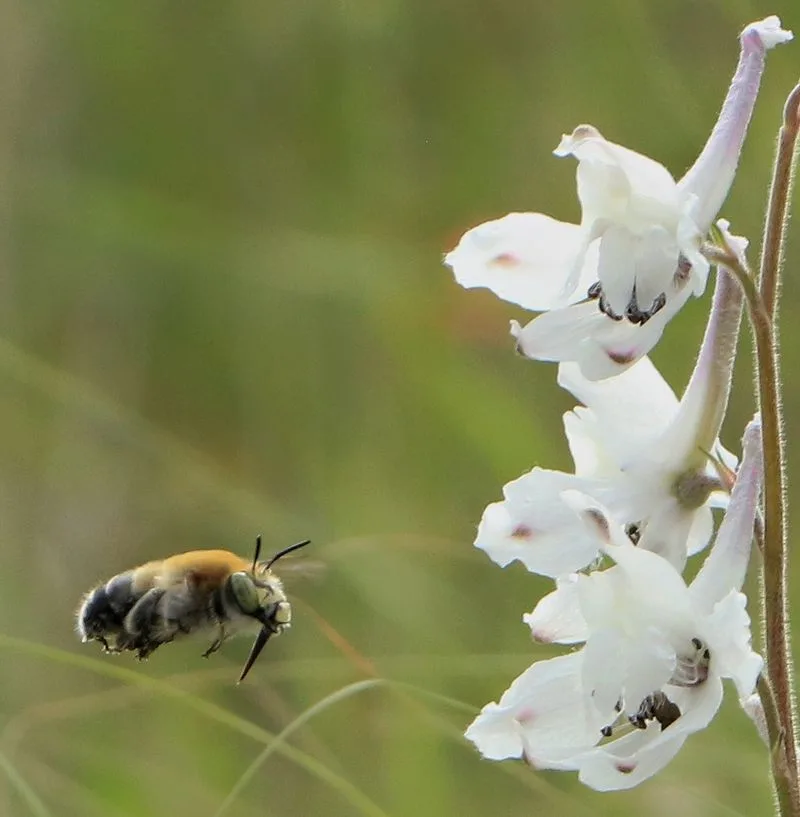
Larkspur, with its striking blue spikes, is a showstopper in any garden. Its vibrant hues attract many admirers, but not all are welcome.
The plant contains alkaloids that are toxic to bees. Ingesting these can lead to paralysis and death. While larkspur is a favorite among gardeners, it poses a silent danger to our pollinating friends.
An interesting note: Historically, larkspur was used in folk medicine to treat lice and other pests, highlighting its potent properties.
Hyacinth
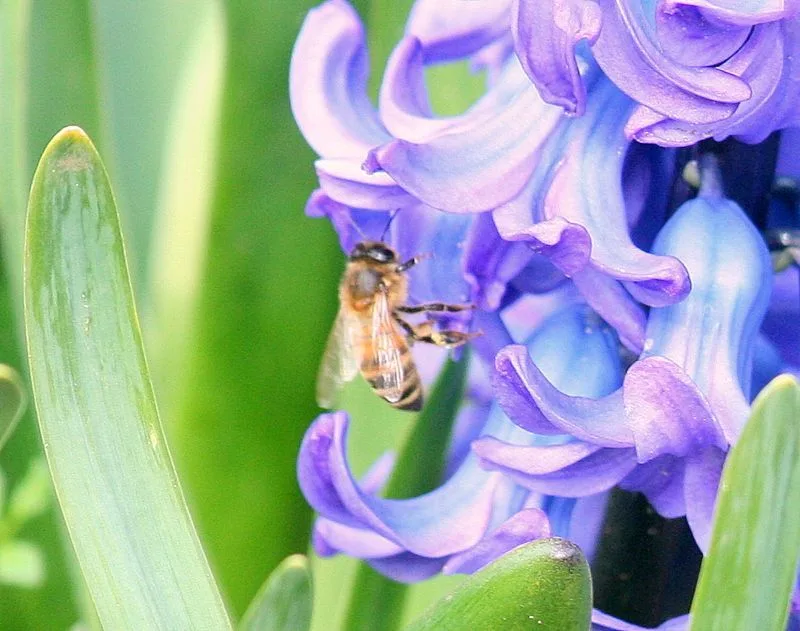
Hyacinths are cherished for their vibrant colors and intoxicating fragrance. Often heralding the arrival of spring, they are a staple in many gardens.
Despite their charm, hyacinths pose a threat to bees. The plant’s alkaloids can disrupt a bee’s nervous system, causing disorientation. While delightful to humans, hyacinths are a hidden hazard for bees.
Did you know? Hyacinths were named after Hyacinthus, a figure in Greek mythology, symbolizing the plant’s enduring beauty and mystique.
Clematis
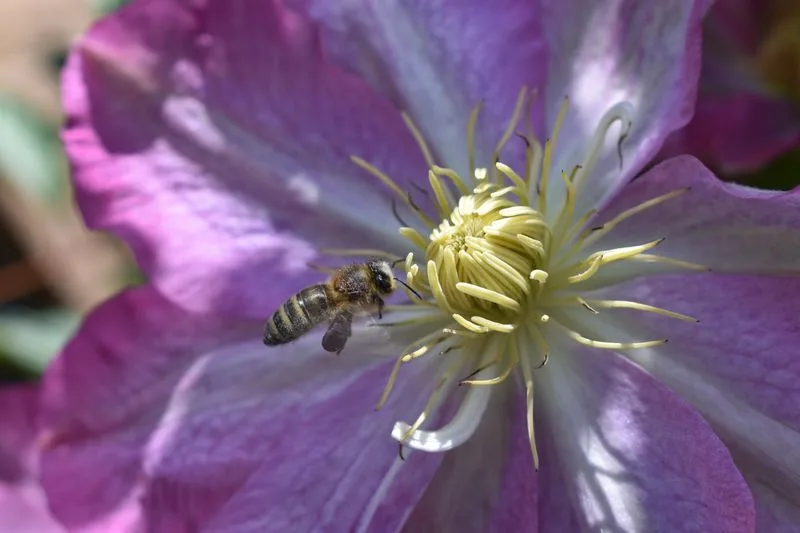
Clematis, with its large and showy blooms, is a gardener’s delight. Gracing fences and trellises, it adds a splash of color to any setting.
Yet, its nectar is not bee-friendly. Containing compounds that can be toxic, clematis poses a risk to bees. While its beauty enchants human eyes, it presents a danger to our buzzing allies.
A curious fact: The name ‘clematis’ is derived from the Greek word ‘klema’, meaning ‘vine’, reflecting the plant’s climbing nature.
Daffodil
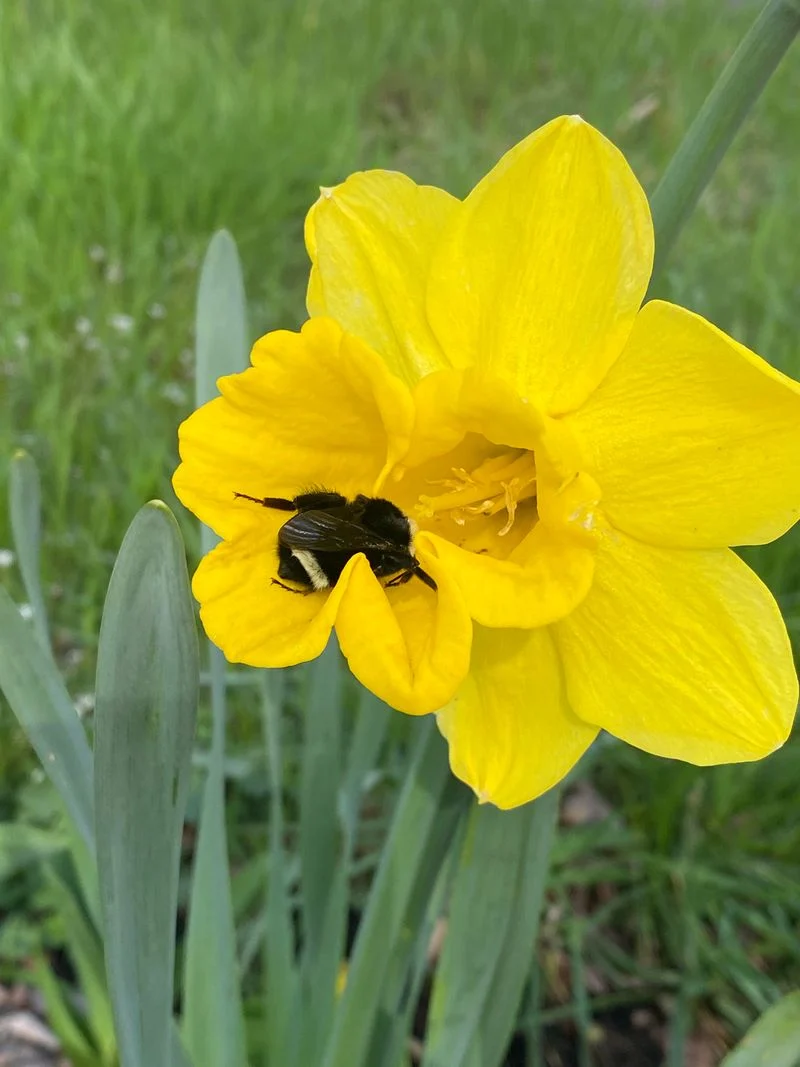
Daffodils, with their sunny dispositions, are harbingers of spring. Their cheerful blooms are a favorite among gardeners and florists alike.
However, these flowers are not as friendly to bees. The plant contains lycorine, which can be harmful if ingested by bees. While daffodils bring joy to many, they pose a hidden threat to pollinators.
Fun fact: Daffodils are the national flower of Wales and are traditionally worn on St. David’s Day to celebrate Welsh heritage.
Bluebells
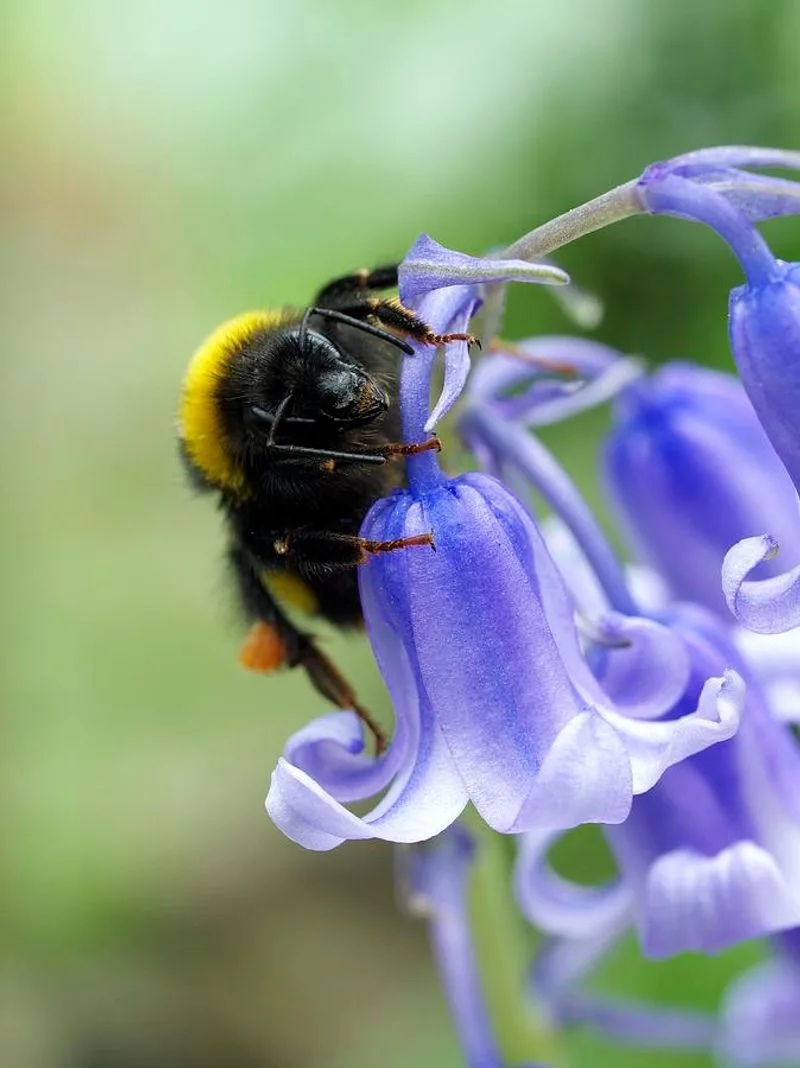
Bluebells create enchanting woodland scenes with their sea of blue blooms. Known for their sweet scent, they are a symbol of springtime.
Despite their allure, bluebells are not bee-friendly. The plant’s glycosides can be toxic to bees, affecting their ability to forage. While they enchant human senses, they pose a risk to bees.
A fascinating tidbit: Historically, bluebell sap was used to make glue and to bind pages in ancient books, showcasing their unique properties.
Amaryllis
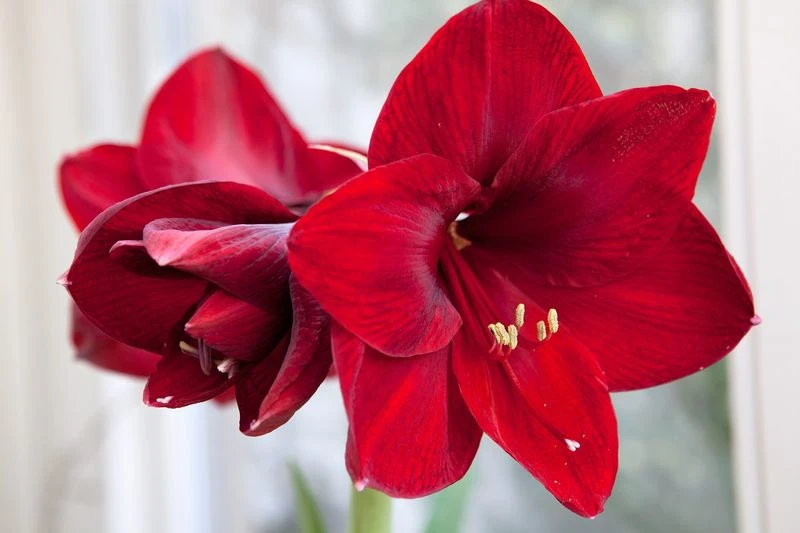
Amaryllis, with its striking trumpet-shaped flowers, brightens indoor spaces during the winter months. Its vibrant reds and whites are captivating.
However, for bees, the plant’s beauty conceals a threat. The alkaloids present in the nectar can be toxic, jeopardizing bee health. While amaryllis thrives indoors, it poses an unseen danger to pollinators.
Did you know? Amaryllis bulbs are often given as gifts during the holiday season, symbolizing beauty and resilience.

